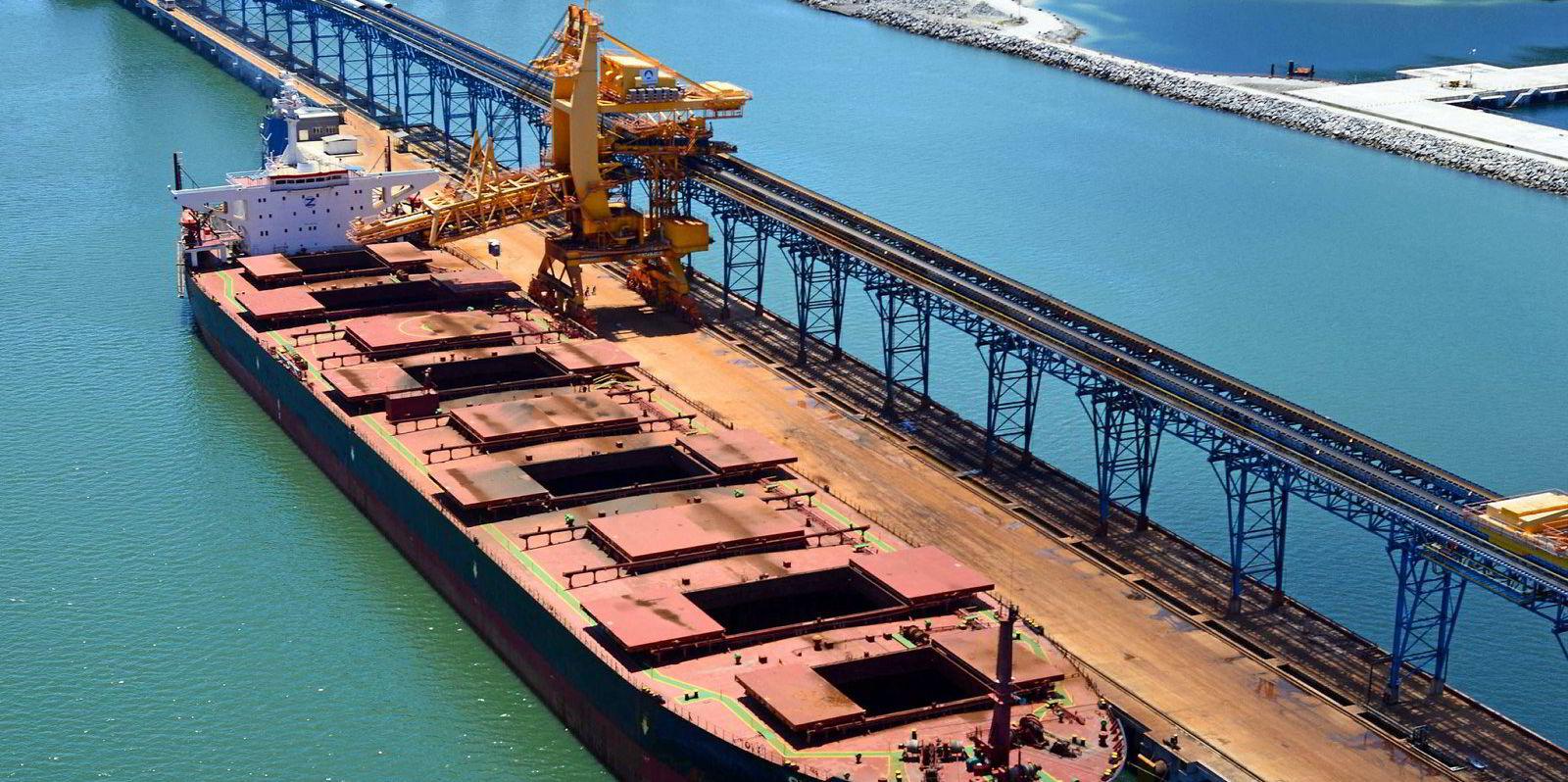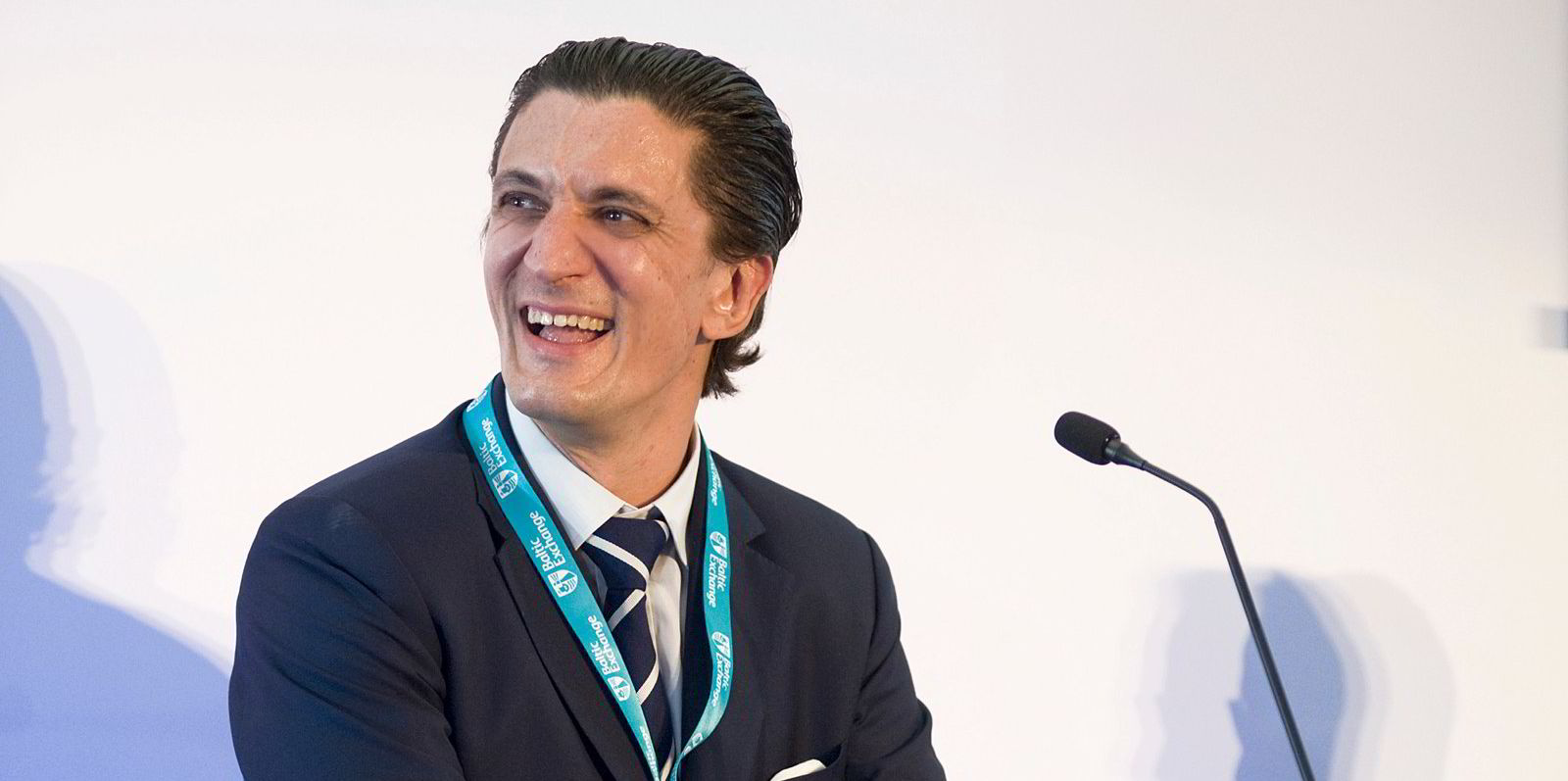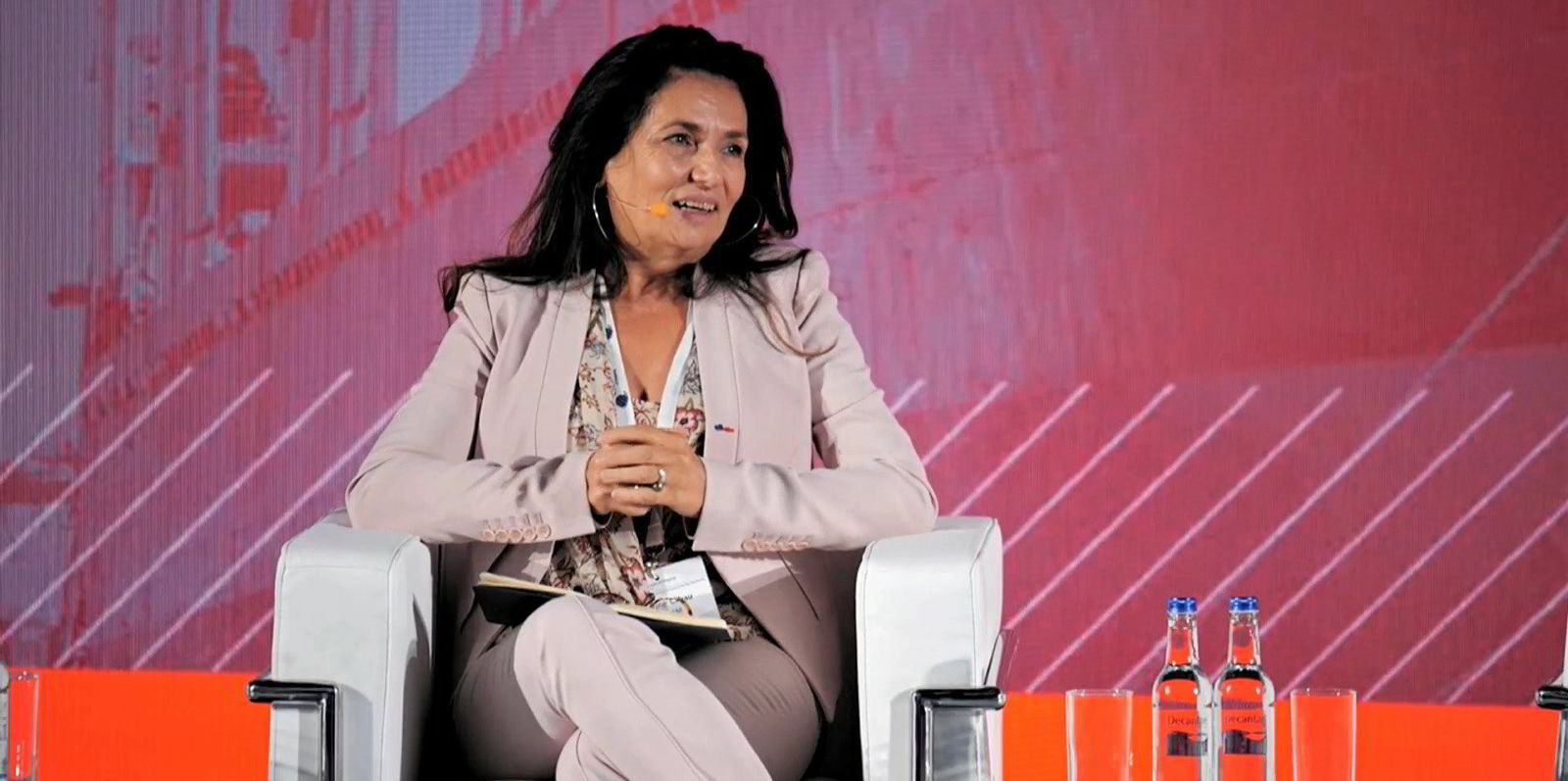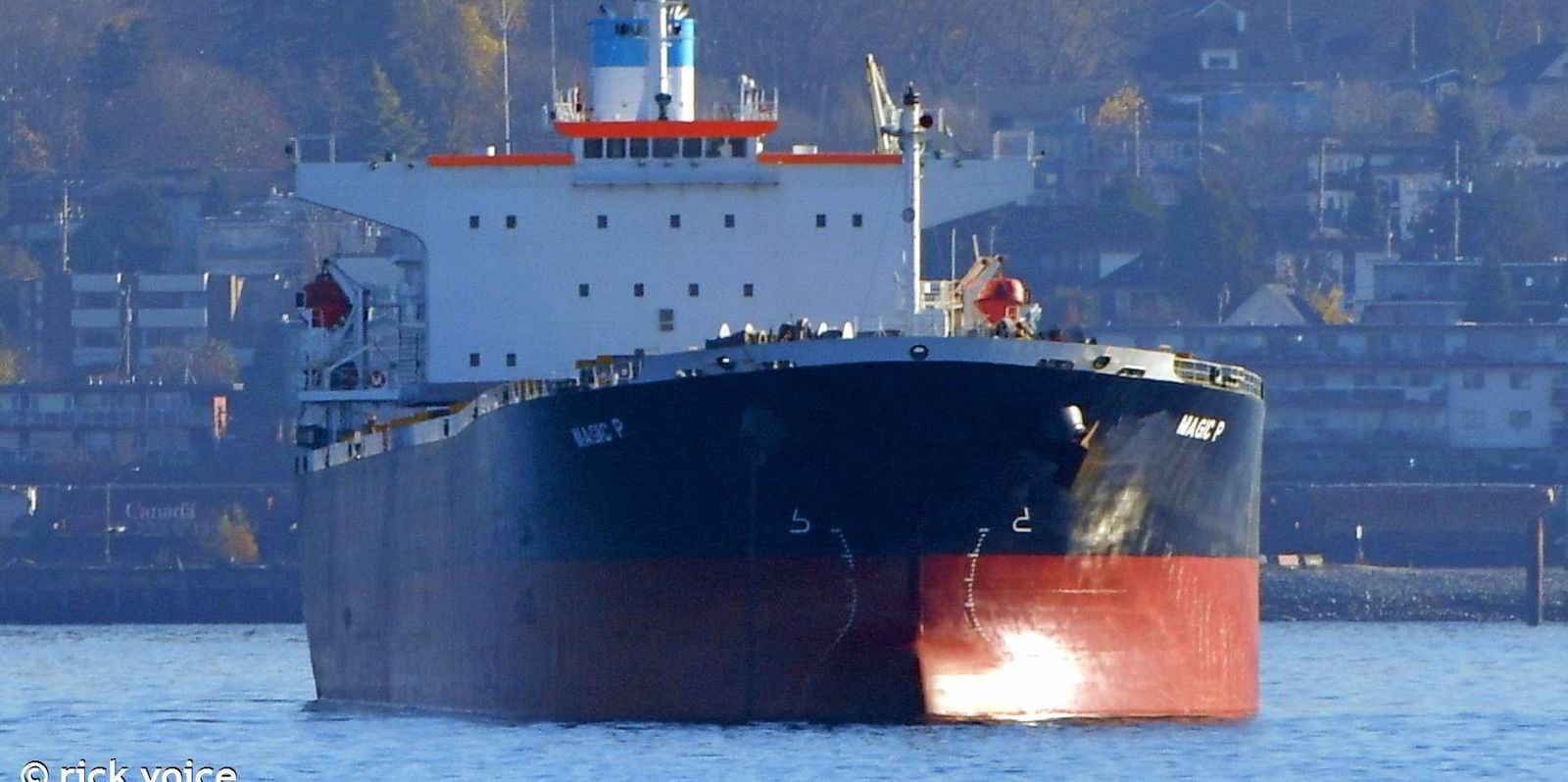Reports of the capesize market's demise have been greatly exaggerated and day rates of $30,000 are "not the end of the world".
That is according to John Michael Radziwill, chief executive of bulker pooling giant C Transport Maritime (CTM) and its public arm, shipowner GoodBulk.
The capesize market's downturn this quarter has been a "massive overreaction" and typical of the market, whether rising or falling, Radziwill told TradeWinds.
"I think it all ties into that we're moving into a seasonally weaker period for the hard commodities — there's less construction, so there's less demand for iron ore and coking coal," he explained.
"The big one that hit sentiment too is the Chinese government intervening to cool down raw material prices. That did trigger a significant drop in coal and iron ore, and off the back of the iron-ore price drop, the miners are all guiding towards the lower end of their production."
Spot focus
But Radziwill expects an upturn this quarter.
"The best way to absorb this [lower] market is to consume the spot market going forward," he explained.
"Fixing out period or selling, I think you're taking a fairly big discount to what you would get on the spot market and so far this year, that's been right and [the third quarter] is really where it's starting to come to fruition. We're pretty excited and we think there will be a rebound [this quarter] too."
Coal demand should remain solid during what looks to be a cold winter in the northern hemisphere, he said.
China's imports of iron ore from Brazil have been positive for capesizes in terms of tonne-miles and, while demand from the country may have faltered since September, South Korea and Japan are not slowing their imports, Radziwill observed.
Neither is port congestion showing much sign of abating and the fleet is also steaming "quicker than it should be".
Data from bulker tracking platform Oceanbolt shows the capesize fleet is sailing at around 11.56 knots, down from the peak of 11.97 knots in August, its fastest speed in at least six years.
"If anything, we'd keep as much as we can in the spot market and the pools would probably fix what's very close to them and the shortest voyage possible and maybe stay away from the longer voyages at the moment," Radziwill said of the strategy going into 2022.
"We just think the market's oversold, so we don't think it's the right time to sell in the time-charter market or in the asset market."

Assets
Panamax values have risen year on year by 55% and supramaxes by 77%, but capesize values have only appreciated by around 35%, he said.
"On the basis of the bigger [bulker] sectors behaving like the smaller sectors, we think we probably need another couple more months of capesizes in the band between $25,000 and $50,000 a day for asset prices to get to that next level," said Radziwill.
Pool manager CTM has 127 bulkers under its management for around 30 clients, ranging from handysize up to capesize.
In addition, CTM also co-manages more than 200 vessels with Capesize Chartering Ltd.
"That gives us a lot of information. It really helps all of us at CTM, our 30 clients, see around the corner a little bit better — and I think that's super important at the moment," Radziwill said of the operation.
"Up until a month ago, there was nothing so abnormal about capesizes this year and they spiked in August. Great. That's what always happens."
Radziwill thinks capesize spot rates need to reach "abnormally good" territory for asset prices to really pop, like the small ships have this year.
"We think probably there is upside in capesize values from today," he said.
"Certainly between now and the end of [the first quarter of 2022], we think cape values will start to catch up with the smaller [bulker] values.
"We don't really see that anything on the medium- to long-term supply-demand balance has changed — and it looked pretty good before."
Flaws
The whipsaw-like capesize market has also exposed flawed strategies that were too dependent on precedent, according to Radziwill.
"In this ever-changing and uncertain world, experience actually means less and less because we haven't seen it before, so you really cannot trust experience," he said.
"Analysis is the most accurate way to synthesise what's going to happen in the market at the moment because this has never happened before with a pandemic, certainly not in anyone's lifetime."
Relying too heavily on experience can even get you into trouble, he added.
"When the [freight] rates started to explode or started to go up on the small ships, we saw a lot of people taking coverage, like right away, and that was a mistake. I'm pretty sure they made that mistake because their experience told them — and this was probably right — from 2012 to 2019, every time there's this spike, take some money off the table.
"But the world has changed and it shifted."
GoodBulk logged net profit of $32m — or $1.06 per share — during the third quarter of 2021, compared with a loss of $1.2m during the same period last year.
Revenue for the quarter totalled $77.9m, up from $44.7m a year ago, underpinned by strong earnings for GoodBulk's 22 capesizes and one panamax bulker.
The bulker company declared a $1.00 per share dividend for the second consecutive quarter on the back of surging vessel revenues.
GoodBulk's capesize fleet logged an average gross time charter equivalent rate of $29,083 per day during the third quarter and its panamax earned $28,997 per day.
A year ago, GoodBulk's capesizes earned $15,908 per day on average and its panamax had income of $6,412 per day.








